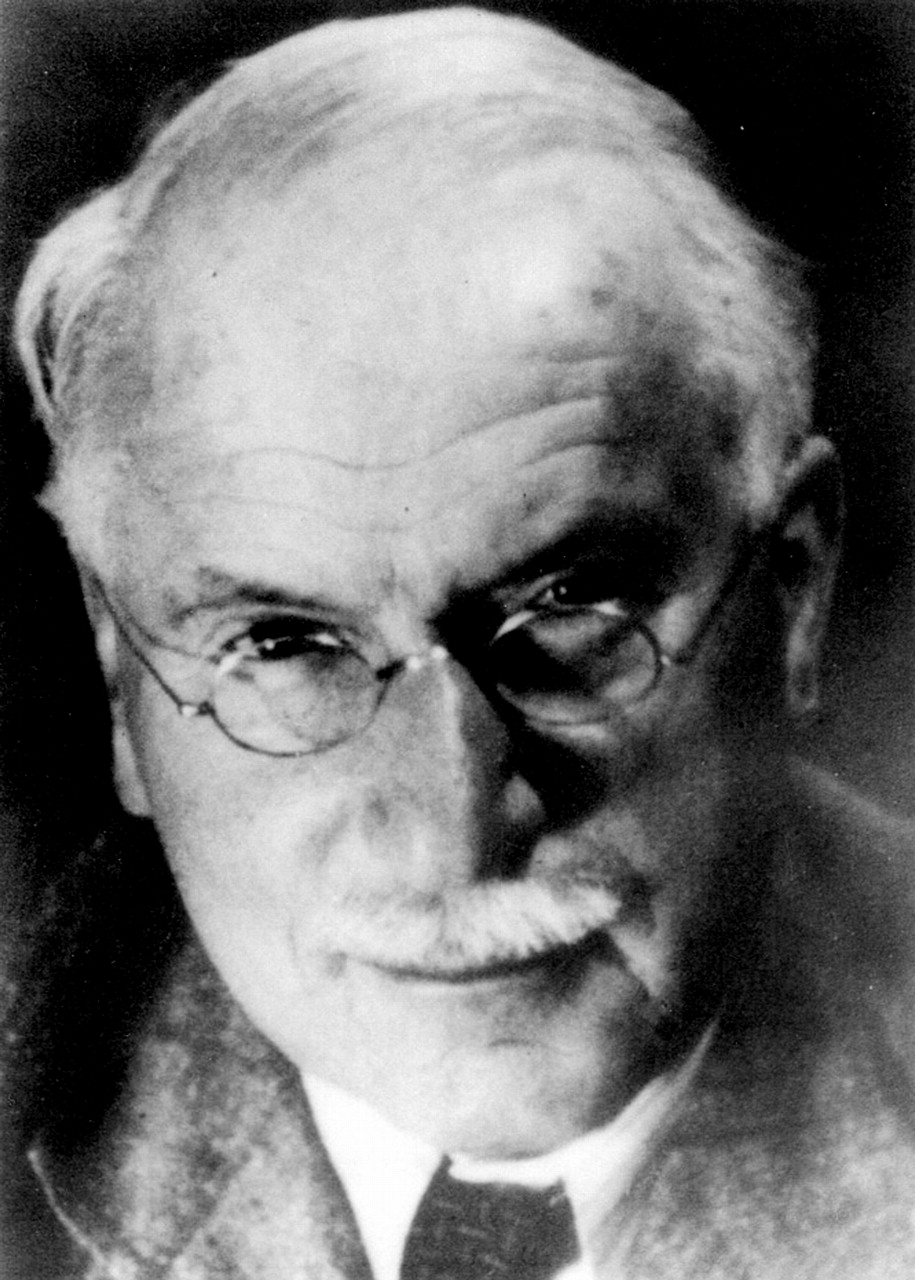C.G. Jung is remembered as one of the pioneers of contemporary dynamic psychiatry and physiological research in consciousness and self-regulation. Born in Kesswil, Switzerland, although an introverted child, Jung made lifelong friendships that started in childhood. His father was a minister whose dogmatic discussions on theology left young Carl alienated. His mother, a perceptive woman, suffered from depression when he was a child. In medical school Jung was known for his lively intellect, laughter, size (he was nicknamed “Barrel”), strength, and gregarious participation, including as chairman of his medical fraternity. His fraternity talks on empirical science, philosophy, and religion fired his interest in psychiatry. Deeply intuitive, he had a prescient quality in his way of treating people.
Jung was trained in psychiatry at Zurich’s world-renowned Burghölzli clinic in Auguste Forel’s program, which emphasized research in social and biological factors in psychiatric treatment. At Burghölzli Jung’s clinical mentor was Eugen Bleuler, who sponsored his doctoral paper in psychiatry, a study of a medium. Jung’s psychiatric research centered on scientific investigation of phenomena of consciousness in a spectrum from conscious to unconscious: e.g., dissociation, splitting, and trance states.
Jung first earned international fame through his experimental studies introducing the psychology of complexes of individual behavior patterns evidenced in word associations. He showed how consciousness loses cohesiveness and detected clusters (complexes) of images, affects, and ideas that had fallen outside consciousness. Jung’s research sought a psychophysiology of emotion correlating physiological measures with word associations to characterize subliminal (unconscious) states. Adolf Meyer, M.D., who also trained at Burghölzli under Forel, introduced and supported Jung’s work in the United States.
As a young psychiatrist, Jung wrote his classic study in psychopathology, Psychology of Dementia Praecox. He discovered meaning in the words and behavior of patients with schizophrenia. Jung’s clinical delineation of split-off complexes influenced Bleuler’s choice of the term “schizophrenia” (“split mind”) to replace Kraepelin’s term “dementia praecox,” which had assumed that deterioration was the essential disturbance. Jung considered biological factors part of the etiology of schizophrenia.
He formulated a specifically psychiatric paradigm: both brain and mind have regulating functions that he delineated in his conception of the self. Jung sought normative rather than pathologically based conceptions for psychiatry that brought together brain biology, psychology, and sociocultural experience. Jung observed that mind revealed its organic substrate in psychosomatic organizations or typical patterns of emotion, clustering feeling, behavior, images, and ideas, which he designated “archetypes of the collective unconscious.” He felt that archetypal patterns reflect the brain activity of emotional states; yet their manifestation in imagery often carries a symbolic meaning for the individual.
Research in consciousness and behavior led Jung to attend the lectures of Pierre Janet, whose pioneering work in psychotherapy and the symbolic nature of symptoms inspired Jung. Later attracted by the work of Sigmund Freud on dreams and unconscious phenomena, Jung became a leader in developing psychoanalysis
(1). He was a principal organizer and first president of the International Psychoanalytic Association. After a 5-year association with Freud, Jung returned to his roots in consciousness research, resuming investigation of subliminal phenomena.
Jung focused his own work in analysis and psychotherapy on the development of individuality by means of increasing self-awareness. He conceived individuation as a developmental process manifested through adulthood and in symbolic life and is credited with founding the study of adult development
(2).
Alcoholics Anonymous credits Jung with providing the concept of seeking a spiritual solution to alcoholism
(3). Jung observed the central psychological necessity of meaning and spiritual experience, evident in symbol formation, in overcoming the tendency toward neurosis, character disorder, and psychosis.
Some of Jung’s contributions have gone beyond psychiatry. For instance, he developed a psychological typology that delineates attitude types (introvert-extrovert) and function types (feeling-thinking, sensation-intuition). Psychological Types has found wide application in career development, couple/family therapy, and education in the United States.
In a distinctly postmodern conception, noting the relationship between the knower and what is known, Jung investigated properties of the scientific observer, specifically consciousness as a factor in developing scientific knowledge. Later, collaborating with physicist Wolfgang Pauli
(4) Jung explicated relations of consciousness to time, space, and causality, which he previously demonstrated in his work on synchronicity (meaningful acausal coincidence).


